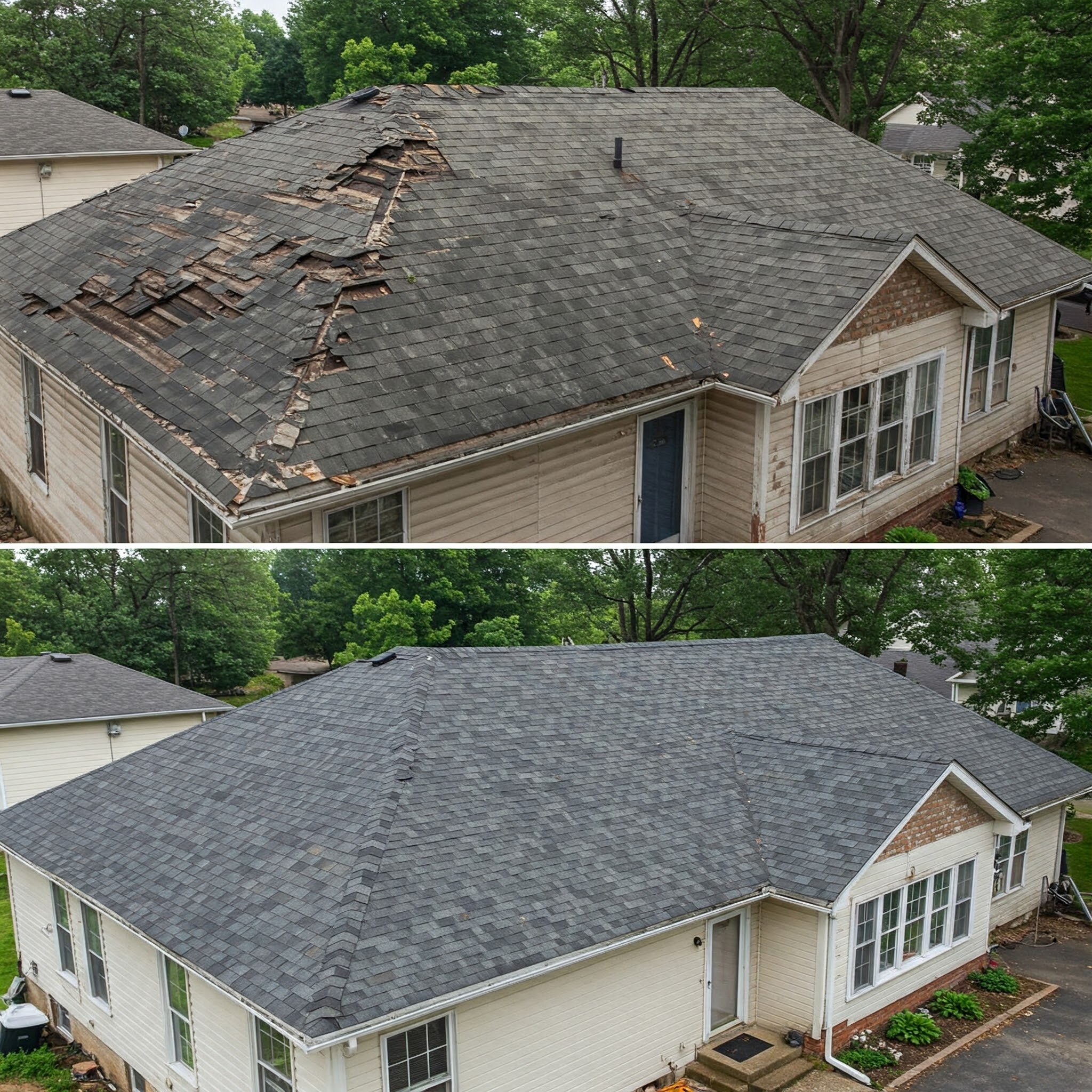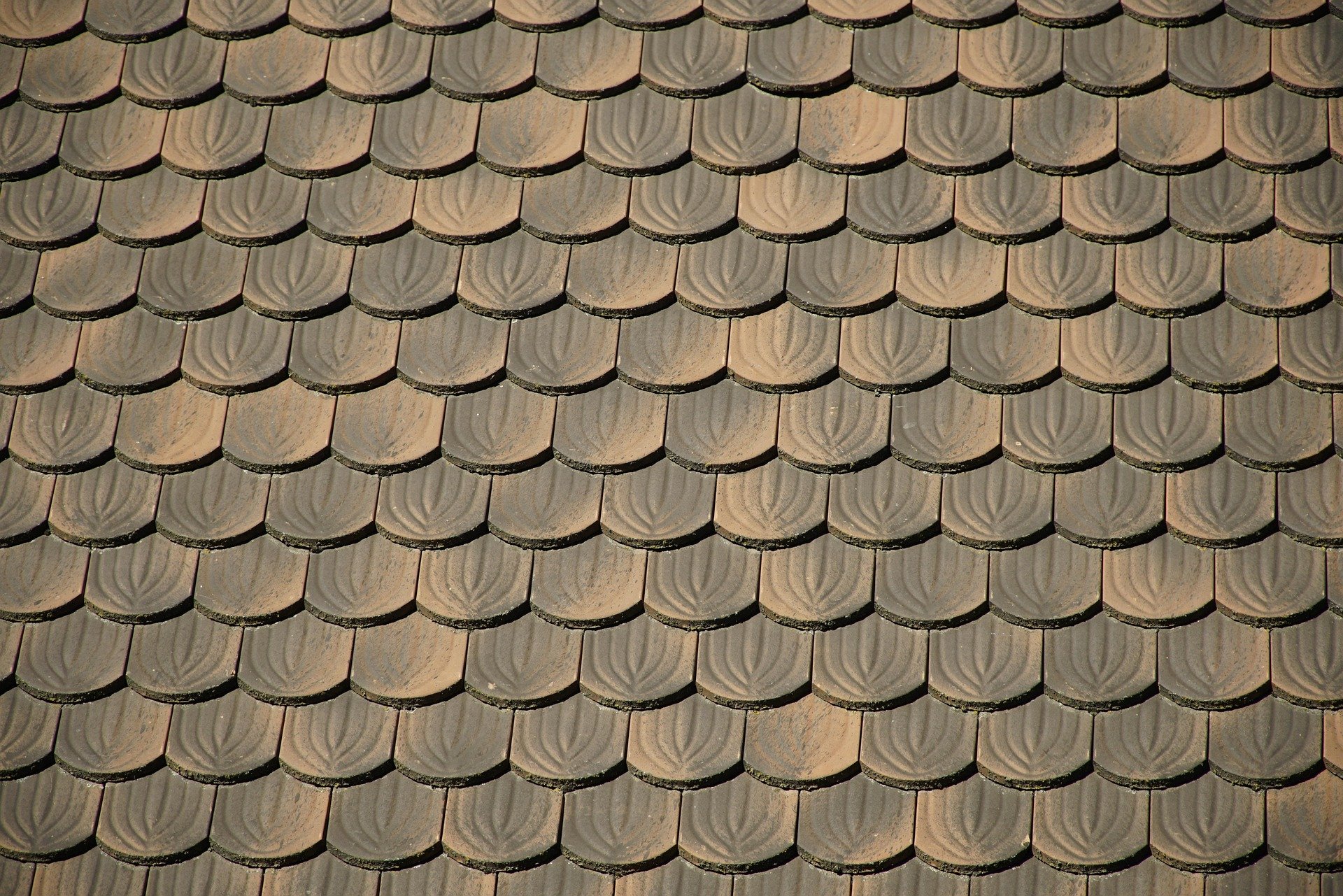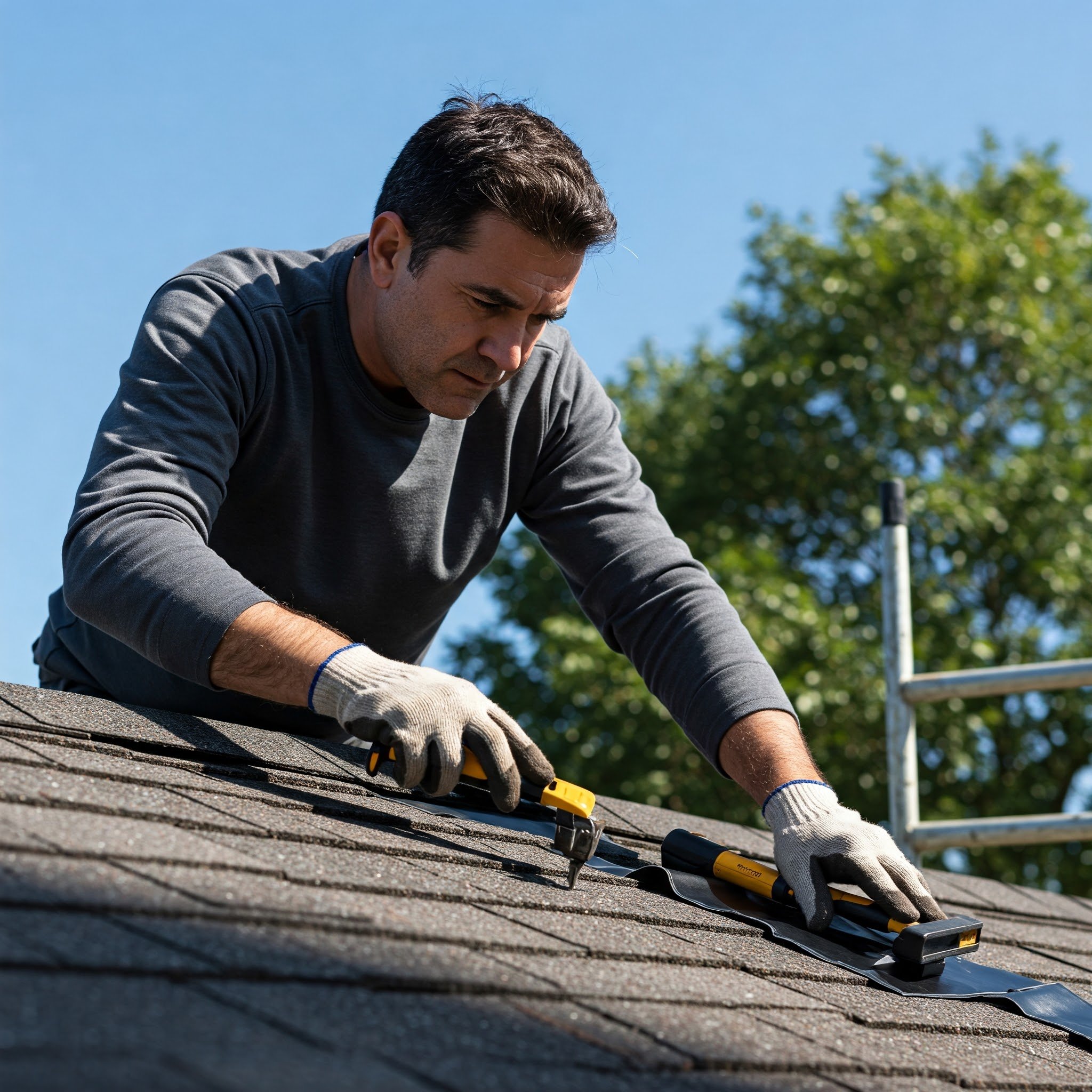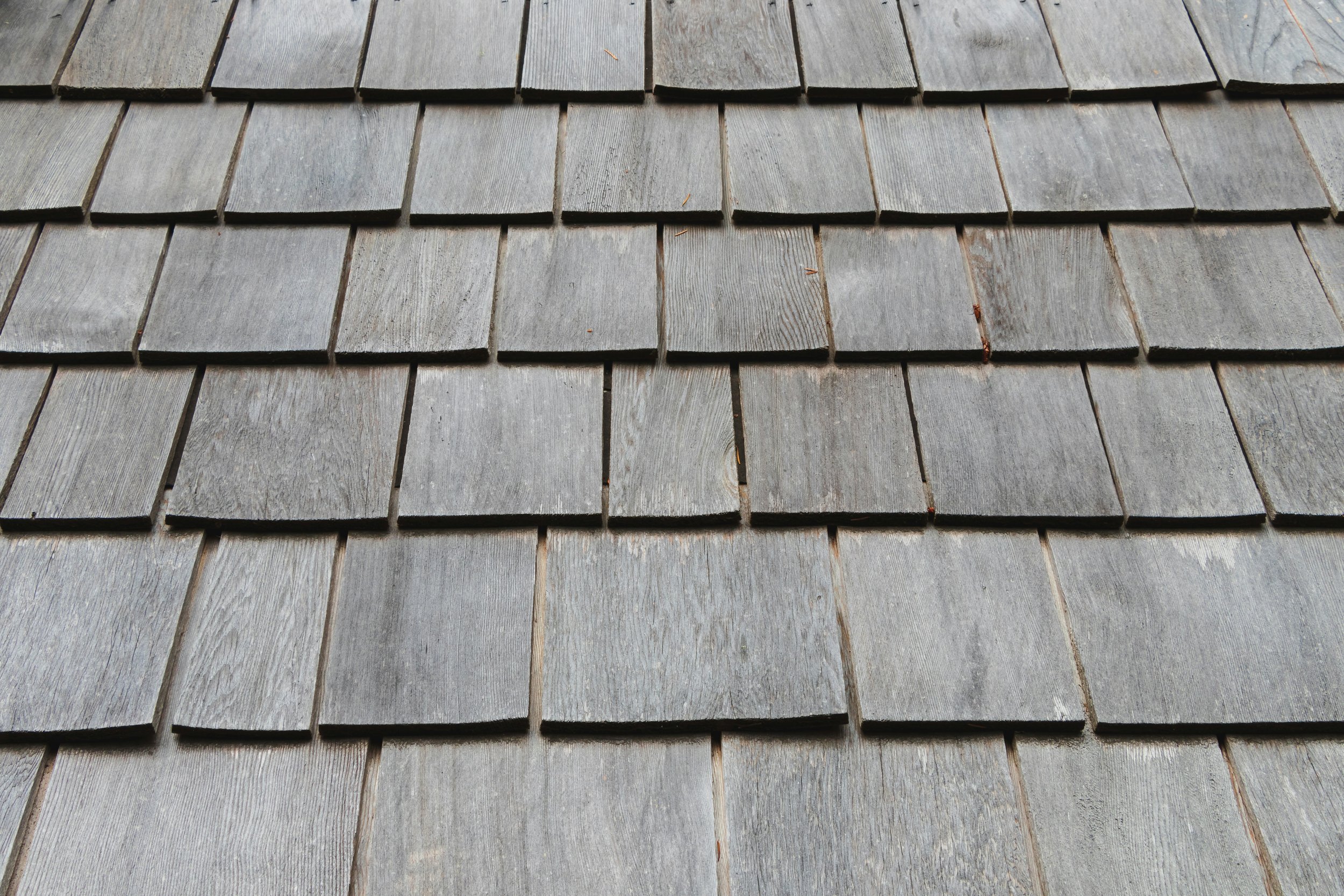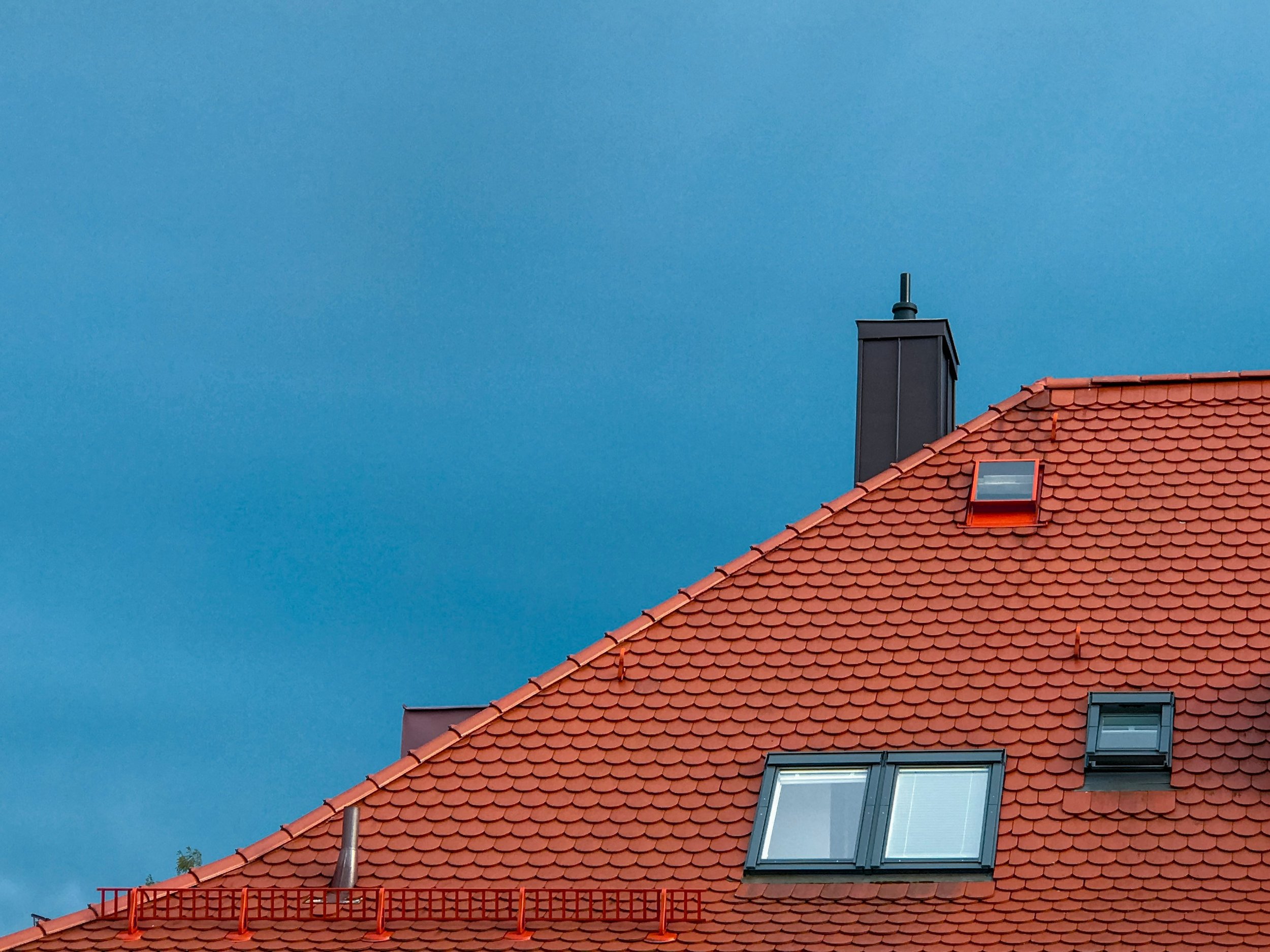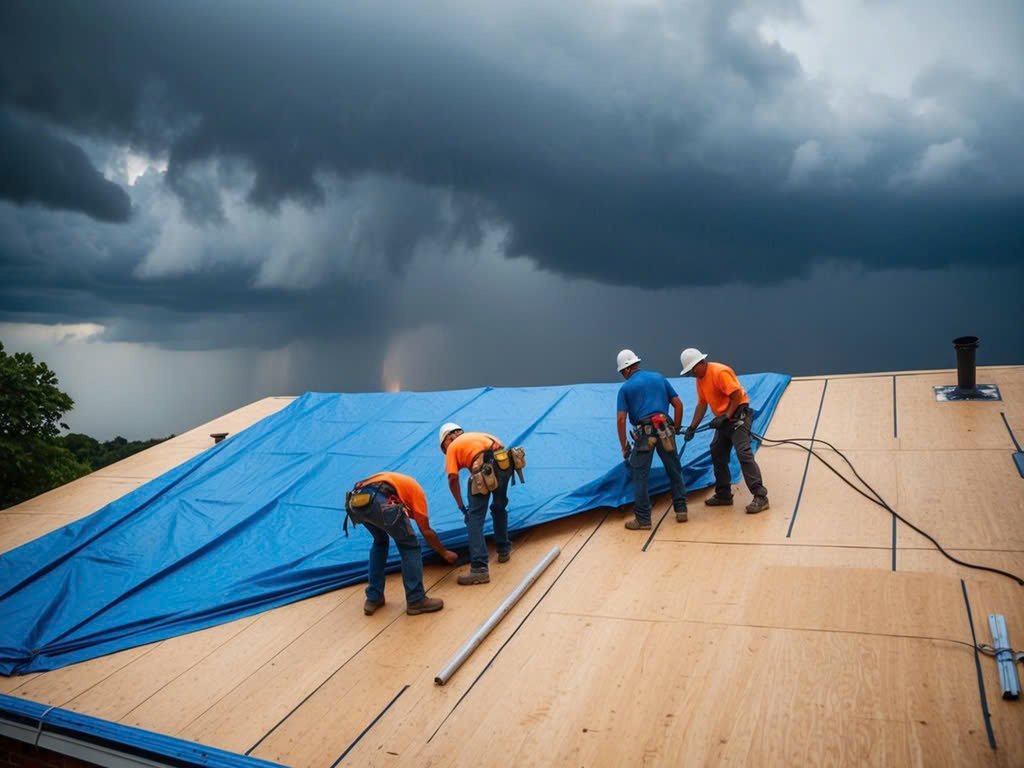How to Prepare Your Business for a Commercial Roof Restoration Project
Learn how to prepare your business for a commercial roof restoration project with our comprehensive guide. Ensure minimal disruption and a smooth process with essential tips and best practices.
Commercial roof restoration isn’t exactly the creme de la creme of cocktail party conversation topics, but it is an important aspect of business property management. It can significantly extend the life of your building’s roof and help you avoid costly replacements.
A protective coating can slow the aging process by up to 50%, saving you money in the long run. It is typically less disruptive than a full replacement.
Premier Commercial Roofing shares tips for preparing your business for a commercial roof restoration. Ensure readiness for the process to maximize efficiency and minimize disruptions.
1. Contact Your Insurance Company
Commercial roofs are designed to withstand extreme weather conditions, but sometimes damage occurs. This can be a major setback for businesses that rely on regular operations. It also puts the safety of employees and customers at risk.
If you are experiencing storm-related damage, it’s essential to document the damage with photos and descriptions before filing an insurance claim.
A professional roofing company can conduct a thorough property damage assessment to determine the extent of the damage. They can also write an Xactimate estimate in the format that insurance companies prefer. They can also inspect the roof to see if it’s eligible for restoration instead of replacement.
This approach can save businesses money and extend the lifespan of the current roof. Identifying underlying issues like leaking and water intrusion, damaged flashing, and ponding water can also help you decide on the right course of action.
2. Contact Your Building Manager
Commercial roofs are the unsung heroes of many businesses, protecting establishments from the elements day in and day out. However, over time, wear and tear can lead to leaks, structural issues, and a reduction in energy efficiency. In some cases, a commercial roof replacement becomes necessary.
Whether or not a full roof replacement is required, contacting the building manager is important to help prepare your business for the project. Your facility manager will conduct a thorough inspection of the roof and identify any issues that may be causing problems. This is important because it can save you money by preventing the need for a costly tear-off. Additionally, it can help you avoid the hassle of coordinating with tenants and adjusting schedules. Additionally, many modern roof coatings are designed to reflect the sun’s rays and reduce heat absorption, which can lower your business’s energy costs.
3. Contact Your Employees
Roof maintenance may not be the creme de la creme of cocktail party conversation topics, but it’s an aspect of commercial property management that can’t be ignored. Properly implemented, it helps to extend a roof’s lifespan and reduce the need for costly, business-debilitating replacements.
The fluid-applied roofing coatings that make up a restoration system encapsulate the roof with a reflective, waterproof membrane. They can be installed on a variety of substrates including metal, PVC, TPO, EPDM, Built-Up roofs and SPF Systems (Spray Polyurethane Foam).
A restoration system is less disruptive to the occupants of a building than a full commercial roof replacement. Experienced Sydney Commercial Roof Replacement companies will help to coordinate the project with a schedule that minimizes interruptions to daily operations.
In addition, an experienced contractor will know how to keep employees and customers away from the construction zone to ensure a safe working environment.
4. Schedule a Meeting with the Contractor
Roof restoration is a much more cost-effective and time-efficient alternative to roof replacement. The project can typically be completed in a few days or less. This timeline may differ depending on the size of your building and the extent of repair work needed.
The process starts with a detailed roof inspection and an evaluation of the current state of your commercial roof. If you're in need of industrial roof repair in Fort Wayne, your roofing contractor will compile a quote for the restoration project.
The roof will be pressure washed and then sprayed with a protective coating or membrane. The coating dries to a durable and water-resistant surface, stopping leaks in their tracks and extending the lifespan of your existing roof. The reflective qualities of the membrane also help to lower energy bills, reducing air conditioning costs and increasing overall building efficiency.
5. Make Sure You Have a Backup Plan
Replacing a commercial roof is an intensive project, and even the most well-planned projects can go off course due to unforeseen circumstances or difficulties. This is why it’s important to have a backup plan in place so that your business can continue operating smoothly.
A thorough inspection is the first crucial step in a commercial roof restoration project. This inspection uncovers hidden issues like cracks and leaks that may be compromising the building’s structural integrity and operational efficiency.
A roof coating can prevent future damage by creating a new surface for the existing roofing materials. It also helps reduce energy costs by reflecting the heat that would normally be absorbed, which can cut down on air conditioning use in summer. This type of roof coating is also more affordable than a full replacement and offers durability that will last for years to come.



